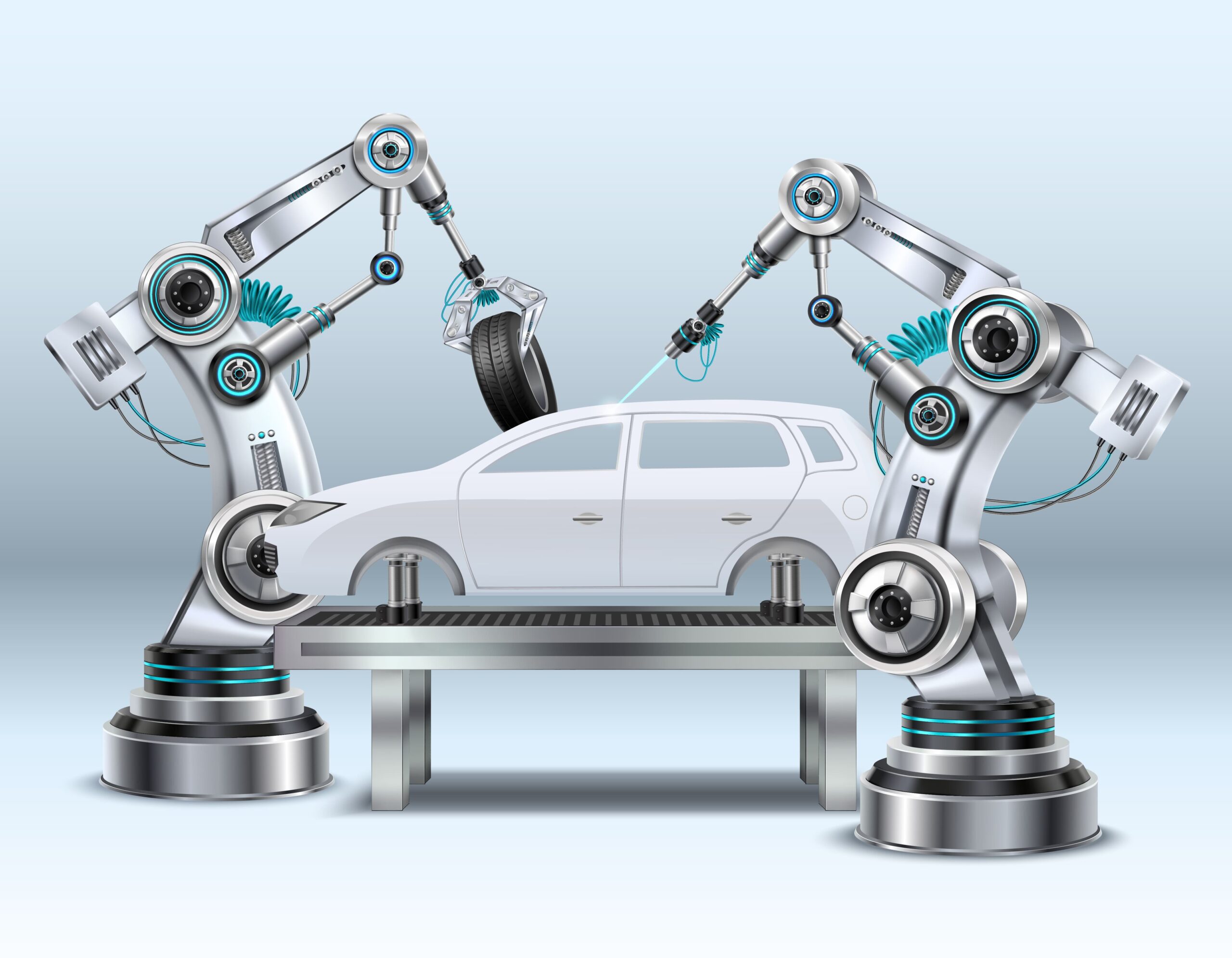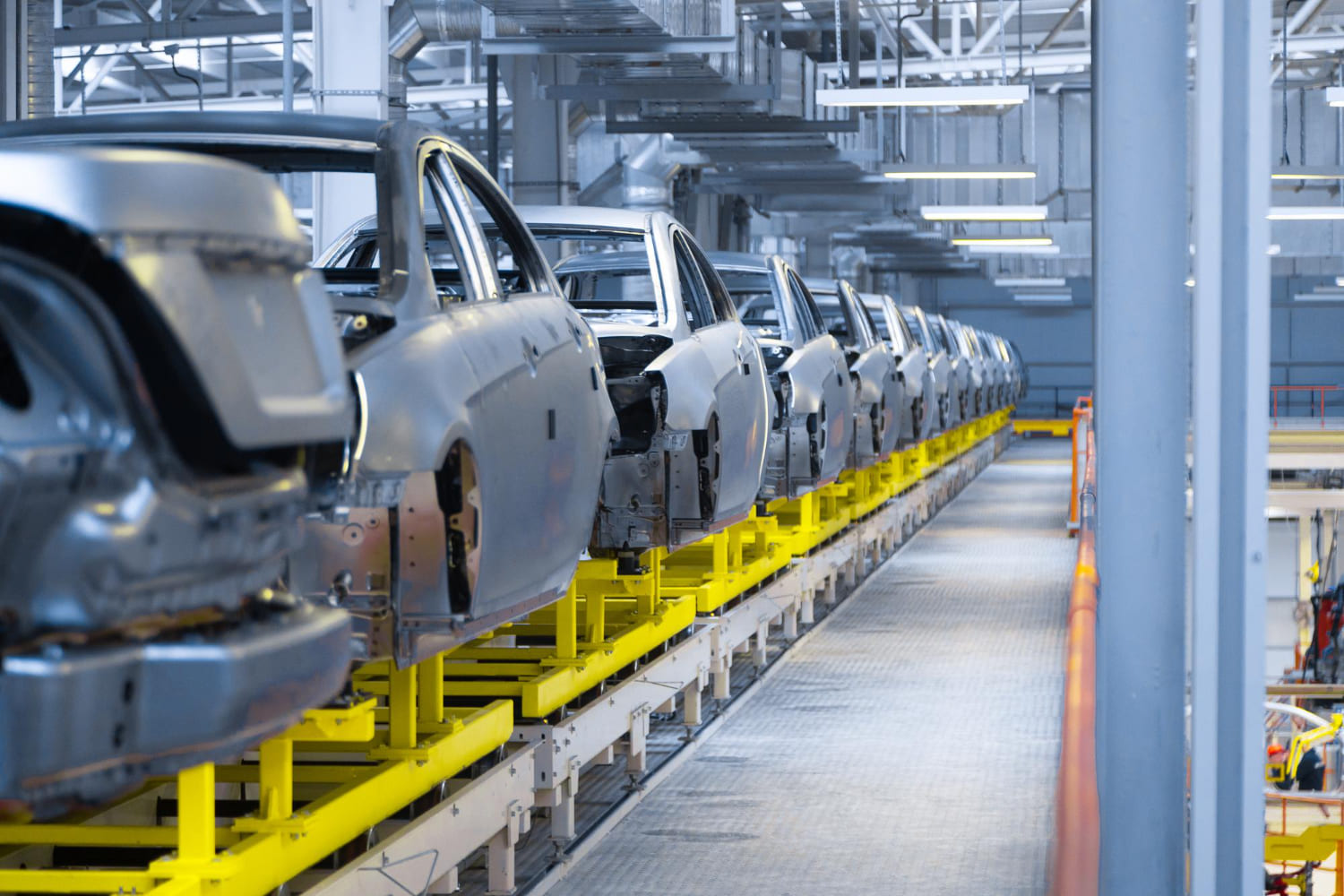In the fast-paced world of the automotive manufacturing industry, the shift from manual processes to automation marks a revolutionary change, setting new standards for efficiency, quality, and innovation. As we delve into the evolution of automation, from its early beginnings to its current state of autonomy, it’s clear that the role of technology is not just transformative but pivotal in driving the future of automotive manufacturing.
This article explores the myriad ways in which robotics, artificial intelligence (AI), machine learning, and the Internet of Things (IoT) are revolutionizing assembly lines, enhancing precision, and connecting manufacturing processes like never before. With a focus on increasing production rates, reducing downtime, and tackling labor challenges, the impact of automation is undeniable. As we navigate through the complexities and opportunities this digital revolution presents, we’ll also look ahead to the sustainable, eco-friendly practices it enables, preparing for a future where automation and innovation go hand in hand in the automotive manufacturing industry.
A. The Role of Automation in Today’s Automotive Industry
Welcome to the dawn of a new era in the automotive manufacturing industry, where automation is no longer a futuristic concept but a current reality. Gone are the days when manual labor dominated production lines. Today, automation stands as the backbone of manufacturing processes, redefining efficiency and setting new benchmarks for production quality.
You might wonder, why has automation taken such a central role? Simply put, it enhances operational efficiency, reduces human error, and significantly cuts production costs, making it an indispensable asset for any automotive manufacturer aiming to stay competitive.
Diving deeper into the heart of automotive manufacturing, we uncover the key technologies that fuel this automation revolution. Robotics, for instance, has transformed assembly lines, offering unparalleled speed and precision. Imagine robots working in harmony, performing tasks ranging from welding to assembling tiny electronic components, all with flawless accuracy. But the magic doesn’t stop with robotics.
Enter the realms of Artificial Intelligence (AI) and Machine Learning, where machines learn from experience, adapt to new inputs, and perform human-like tasks. These technologies enable predictive maintenance, minimizing downtime by forecasting equipment failures before they happen. Furthermore, the Internet of Things (IoT) connects machines, devices, and sensors, creating a network that optimizes the entire manufacturing process through real-time data exchange. This synergy of technologies not only boosts production efficiency but also propels the automotive manufacturing industry into a future where possibilities are limitless.
B. Robotics Revolutionizing Assembly Lines
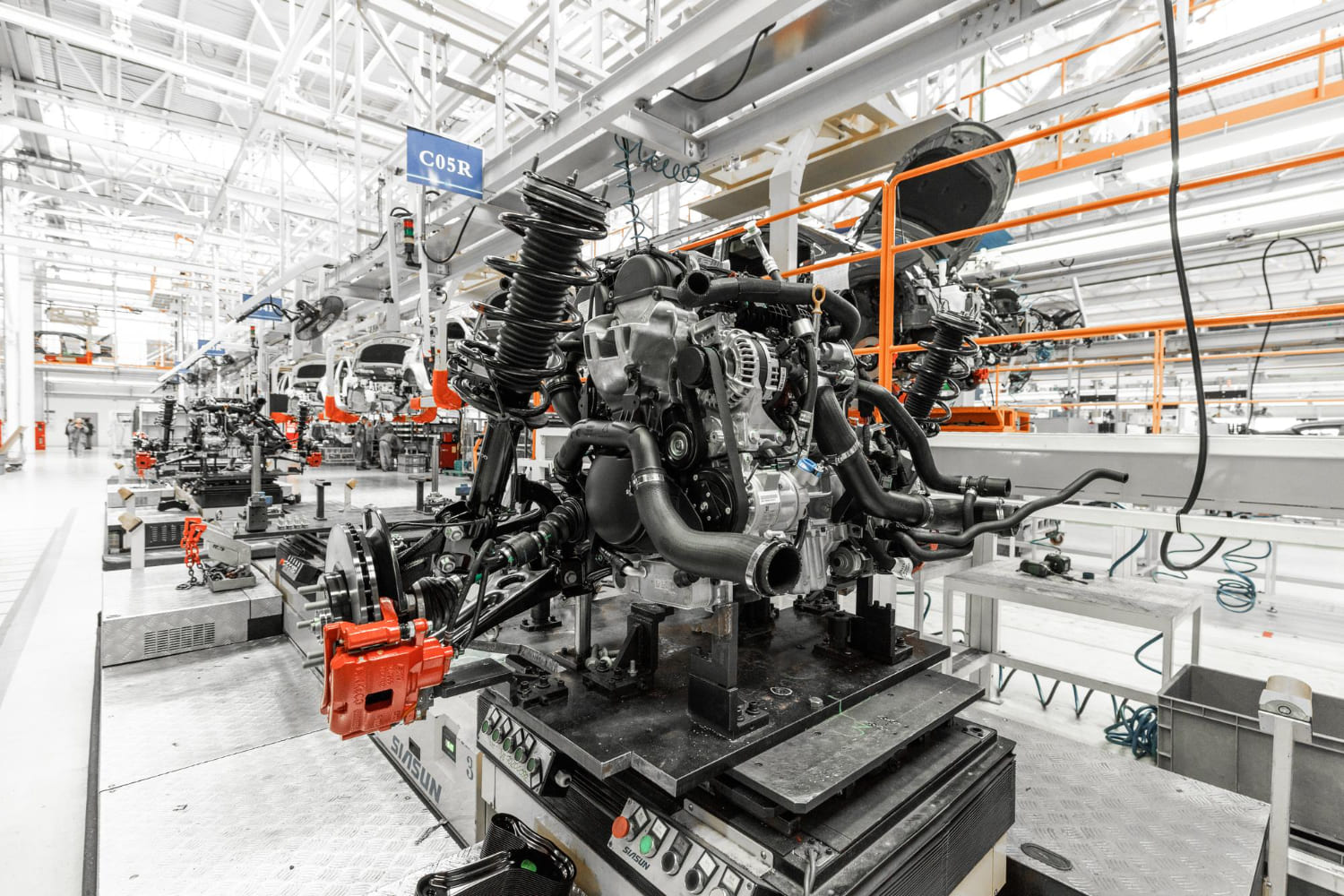
Imagine a world where robots equipped with AI algorithms not only perform repetitive tasks but also learn and adapt to new processes, improving their efficiency and accuracy over time. This isn’t science fiction; it’s the reality of today’s manufacturing floors. These intelligent machines can detect anomalies, predict failures, and ensure that the production line runs smoother than ever before, minimizing disruptions and maximizing output.
But the revolution doesn’t stop with robots and AI. The Internet of Things (IoT) plays a crucial role in knitting together the various components of the manufacturing process. By connecting machines, tools, and systems across the production floor, IoT technologies offer a level of synchronization and insight previously unimaginable. Real-time data collected from sensors on equipment allows for immediate adjustments to be made, optimizing production flow and reducing waste. This interconnectedness ensures that every part of the assembly line communicates seamlessly, from the initial stages of design to the final steps of assembly, painting a picture of a highly efficient, responsive, and integrated manufacturing ecosystem.
The combined force of robotics, AI, and IoT is not just transforming assembly lines; it’s redefining the entire production process. The impact is profound: faster production times, higher quality products, and significantly lower costs. With these technologies, the automotive manufacturing industry is not only meeting the demands of today’s market but is also setting the stage for the innovations of tomorrow. As these tools continue to evolve, they promise to unlock even greater efficiencies, ushering in a new era of manufacturing excellence.
C. Increasing Production Rates with Less Downtime
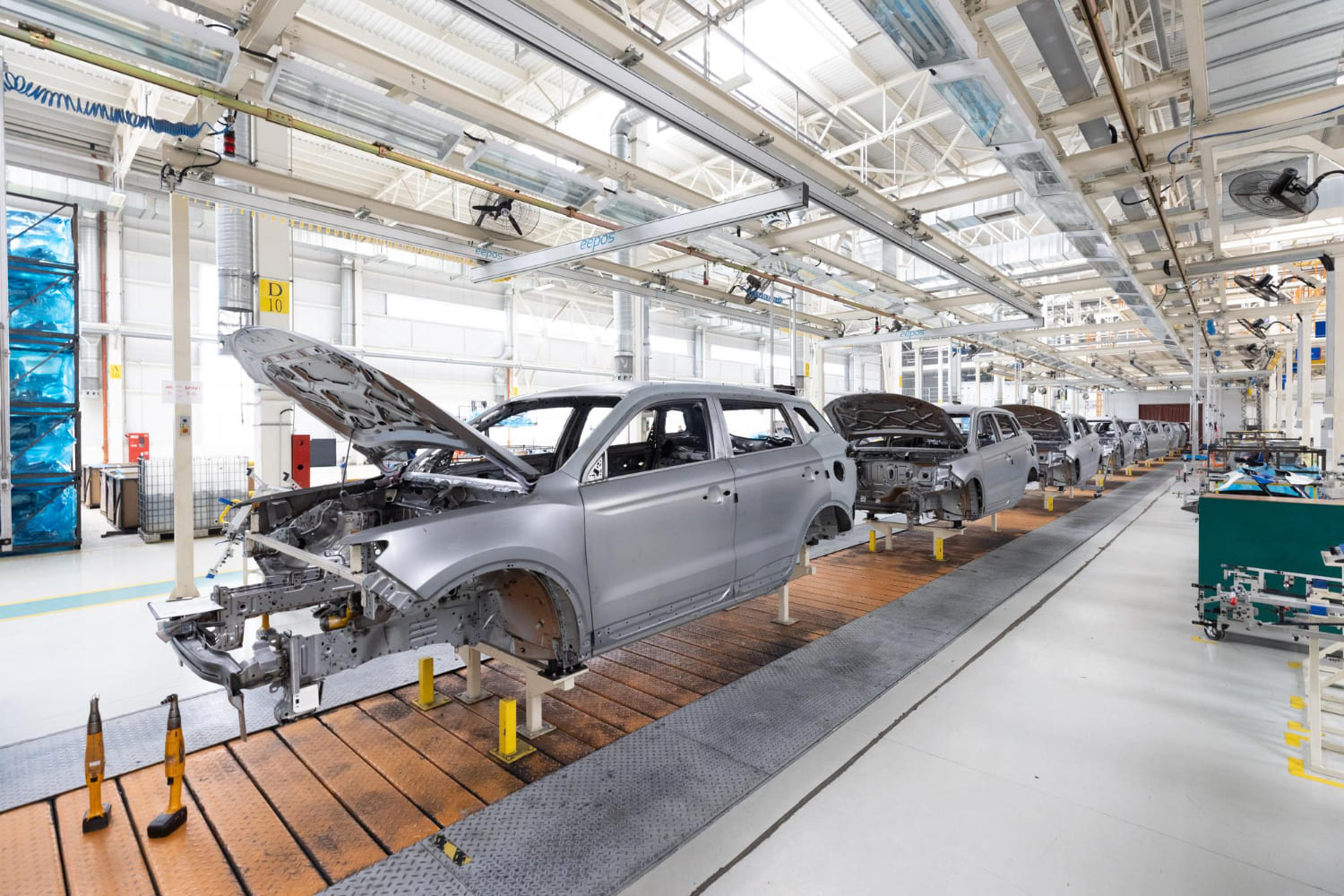
1. Improving Quality and Consistency of Vehicles
As we continue to navigate the transformative world of automation in the automotive manufacturing industry, it’s clear that the benefits extend far beyond just speed. One of the most significant advantages is the dramatic improvement in the quality and consistency of vehicles produced. With robotics and AI at the helm, errors are drastically reduced, ensuring that every car rolling off the assembly line meets the highest standards of quality. This level of precision ensures customer satisfaction and builds trust in the brand, a vital component in today’s competitive market.
2. Reducing Labor Costs and Addressing Skill Shortages
Another critical aspect of automation is its ability to reduce labor costs and mitigate the impact of skill shortages. While the initial investment in technology may be high, the long-term savings on labor are undeniable. Furthermore, as skilled workers become harder to find, automation provides a reliable solution, filling gaps in the workforce and ensuring that production can continue unimpeded. This shift towards automation doesn’t mean the elimination of human jobs but rather a transformation of the workforce, where employees are trained to work alongside robots, focusing on more complex and less repetitive tasks.
3. Challenges and Solutions in Implementing Automation
Despite the myriad benefits, the road to automation is not without its challenges. The upfront costs of robotics and AI technologies can be daunting for many manufacturers. However, the return on investment, through increased efficiency and reduced labor costs, often justifies the expenditure. Moreover, the transition to a more automated production line requires careful planning and training to ensure that employees can adapt to new roles and technologies. By addressing these challenges head-on, companies can successfully navigate the transition to automation, securing their place in the future of automotive manufacturing.
As we delve deeper into the impact of automation on production and efficiency, it’s evident that the automotive manufacturing industry is undergoing a profound transformation. The move towards a more automated, efficient, and quality-focused production process not only meets the demands of the modern consumer but also sets the stage for future innovations. In next sections, we’ll explore how companies are navigating the initial high costs of automation and preparing their workforce for this new era, ensuring that they remain competitive in this rapidly evolving landscape.
D. Navigating the Initial High Costs of Automation Technology
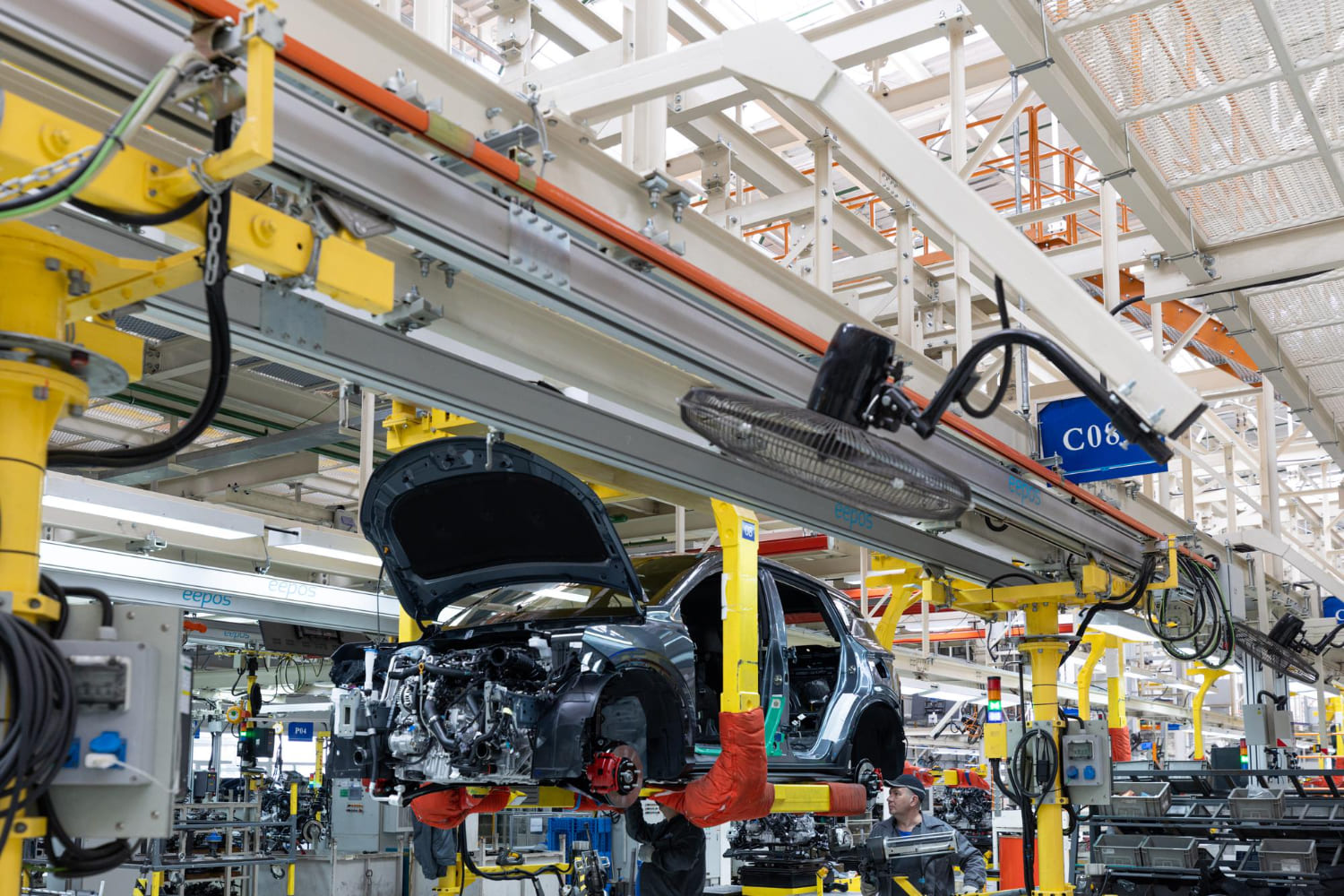
Overcoming Technical Challenges and Workforce Transition
As we embrace the wave of automation sweeping across the automotive manufacturing industry, it’s crucial to address the elephant in the room: the initial high costs and technical challenges associated with implementing these technologies. Yes, the upfront investment in robotics, AI, and IoT can be substantial, but let’s not lose sight of the bigger picture. The efficiency, productivity, and quality improvements offered by automation technology promise a significant return on investment over time. The key is to approach these challenges with a strategic mindset, focusing on long-term gains rather than short-term costs.
Transitioning to a more automated workforce presents its own set of challenges, from retraining employees to integrating new technologies into existing processes. However, these hurdles are not insurmountable. By investing in employee training and development, companies can ensure a smooth transition, empowering their workforce to thrive alongside advanced technologies. This not only boosts morale but also enhances productivity, as workers acquire new skills and adapt to more sophisticated roles.
Ensuring Cybersecurity in an Increasingly Digital Manufacturing Environment
In the digital age, cybersecurity becomes paramount, especially as the automotive manufacturing industry becomes more connected. The integration of IoT devices and the reliance on AI systems expose manufacturers to new cyber threats. Protecting sensitive data and ensuring the integrity of automated systems is crucial. Implementing robust cybersecurity measures, from encrypted communications to regular system audits, can safeguard against potential breaches, ensuring that innovation does not come at the expense of security.
The Future of Automotive Manufacturing with Automation
Looking ahead, the journey towards fully automated manufacturing in the automotive industry is not just about overcoming initial financial and technical obstacles; it’s about envisioning a future where technology and human ingenuity intersect to create more efficient, sustainable, and innovative production processes. The initial costs and challenges of automation are stepping stones towards achieving unparalleled levels of efficiency and quality.
E. The Role of Automation in Sustainable and Eco-friendly Manufacturing
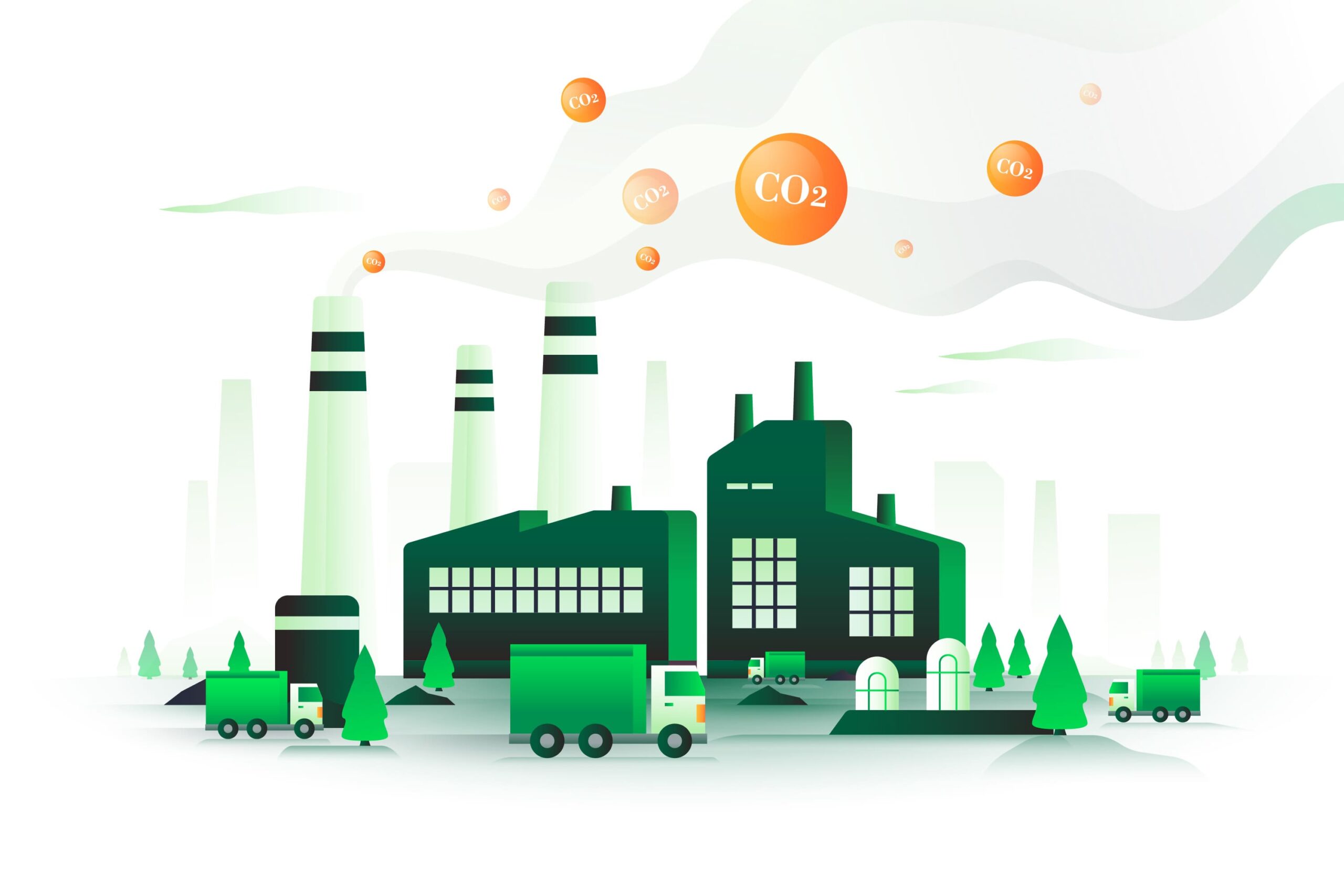
Predicting the Next Wave of Innovations in Automotive Manufacturing
As we pivot towards the future of the automotive manufacturing industry, it’s clear that automation is not just transforming production processes; it’s also playing a pivotal role in advancing sustainable and eco-friendly manufacturing practices. The integration of automation technologies such as robotics, AI, and IoT is enabling manufacturers to reduce waste, conserve energy, and minimize their environmental footprint. This shift towards greener manufacturing is not just good for the planet; it also resonates with increasingly eco-conscious consumers and paves the way for the next wave of innovations in the industry.
By leveraging data analytics and intelligent automation, manufacturers can optimize their use of resources, from raw materials to energy, ensuring that every aspect of production is as efficient and environmentally friendly as possible. This proactive approach to sustainability is setting new standards in the automotive industry, inspiring innovations that prioritize eco-efficiency without compromising on quality or performance.
Preparing for the Workforce of the Future
The move towards more automated and sustainable manufacturing processes also necessitates a shift in the workforce. As traditional roles evolve, there’s a growing demand for skills in robotics, data analysis, and eco-conscious manufacturing practices. Preparing for this future workforce means rethinking education and training programs to equip employees with the necessary skills to thrive in this new landscape. By fostering a culture of continuous learning and innovation, companies can ensure that their teams are ready to meet the challenges and opportunities of the future head-on.
In this dynamic environment, collaboration between industry, educational institutions, and government agencies becomes crucial in developing training programs that are aligned with the evolving needs of the automotive manufacturing industry. Such partnerships can facilitate the transition to a more automated and sustainable manufacturing ecosystem, ensuring that the workforce is not left behind in this technological revolution.
As we look to the future, the role of automation in the automotive manufacturing industry is undeniably transformative. By driving innovations that are not only efficient but also sustainable, automation is helping shape a future where the automotive industry leads by example in environmental stewardship. The journey towards this future is paved with challenges, but with a commitment to continuous learning, innovation, and sustainability, the possibilities are limitless.
F. Seize Opportunity With Suryacipta

Dive into the future of automotive manufacturing at Suryacipta, an emerging industrial hub that stands as a beacon of innovation and growth. This dynamic estate is more than just a location; it’s a launchpad for companies ready to embrace automation and sustainability. With cutting-edge facilities and a commitment to eco-friendly practices, Suryacipta offers the ideal environment for businesses to flourish, combining advanced manufacturing with environmental care.
Choosing Suryacipta means gaining a strategic edge. Its prime location, modern infrastructure, and comprehensive services create an unbeatable setting for growth and innovation. Automotive manufacturers here gain access to an extensive network of suppliers, top-tier talent, and the latest technologies, all within a sustainable ecosystem. The chance to collaborate with forward-thinking companies and research bodies in Suryacipta opens doors to groundbreaking innovations and eco-conscious solutions, making it an ideal base for shaping the future of automotive manufacturing.
G. The Future of Manufacturing in Subang Smartpolitan

Adjacent to the opportunities within Suryacipta, Subang Smartpolitan emerges as a visionary project, embodying the future of smart, green, and sustainable industrial development. This integrated township is designed to support the needs of modern businesses, including those in the automotive manufacturing sector, fostering a community where automation, technology, and sustainability intersect. Subang Smartpolitan’s commitment to creating a smart industrial ecosystem offers businesses the foundation to thrive in the era of Industry 5.0. By situating operations within these dynamic environments, companies can leverage the collective strengths of automation, innovation, and sustainability, driving forward into a future marked by efficiency, eco-friendliness, and economic growth.

